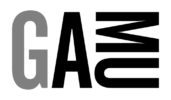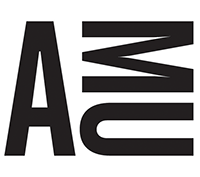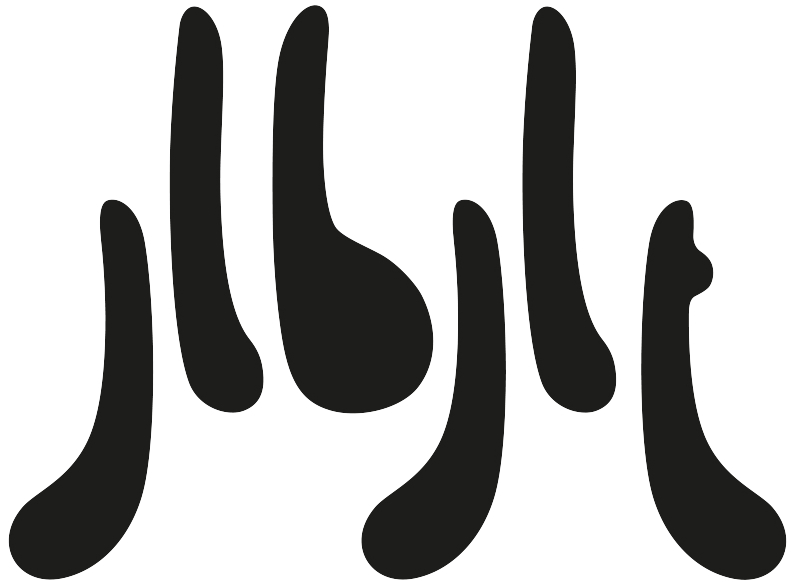10. – 17. 6. 2017 (opening: 9. 5. at 6 p.m.)
Veronika Durbáková, Oskar Helcel, Inka Karčáková, Alexandra Mertová, Zheng Minghui, Martin Netočný
Ferrotype authors: Camille Bonneau, Rony Eranezhath, Hanlu Gong, Anna Jarosz a Elena Semeriková, Petronella Karlsson Aslund, Adam Mička, Eleonora Riabkov, Alexander Rossa, Marie Sieberová, Jakub Svoboda, Natálie Ševčíková, Erika Štěpánková, River Young
curated by: Václav Janoščík
I am looking at a photograph. It might be mine, but it can just as well be yours. I hold it in my hand, or I have come across it on the internet. The more attention and time I devote to it, the more it mesmerizes me and inscribes itself in my memory. It slowly starts becoming all; as if I could leave my own self and enter the photograph. As if I could encounter it.
#elusive
Reality is not just in the here and now, but stretches between the past and the future, between our perspectives which penetrate it and change it. In order to truly comprehend this, in order to be able to visualize it, we need to overcome our singular perspective. We need a sense of orientation and a wider view of the world around us. In a certain sense, we need photography.
#ontological
An encounter is not just a metaphor; it does not have to occur just between people. The first part of the exhibition comprises of art projects which attempt an encounter with things, paintings, materials or memories. Martin Netočný is specifically interested in the connection between the anthropomorphic and the inhuman, the figural and the natural. The photograph thus becomes a form of research, of testing visual and natural shortcuts, clichés, connections, and encounters with signs, shapes or symbols.
#nonhuman
Modern technologies like, for instance, social networks are often ascribed the ability to increase mobility and to expand our communicational potential. At the same time, however, their constant presence and instant content often preclude any more meaningful interpersonal contact. Oskar Helcel has made a functioning Faraday cage – an apparatus which shields its inside from electromagnetic waves. The piece thus exposes its surface in order to enclose space, focusing on its surface to hide the inside. By means of technology, it inverts the interior and the exterior, connectivity and isolation.
#all-too-human
Encounter is predicated on the very uncertainty, or tension, between the familiar and the unknown. An encounter gives the impression of a certain closeness, but it is at the same time predicated on the fact that we do not yet know the other. Connecting photos from the family album with astro-photography, Inka Karčáková fleshes out a figure which represents a relative of hers who is at the same time unreal. František Bernár, a fictitious priest and avid photographer, is introduced to the audience, but remains elusive; we can encounter him, yet he does not really exist.
#fictitious
But let us still suppose that en encounter takes place between real people – between people who live somewhere, have hobbies, characteristics and desires. In her double-channel video, Veronika Durbáková follows the relationship of two friends. She doesn’t, however, adopt a documentary approach, rather deftly noting their masks and fake poses. For instance, the cigarette, the pop songs and the ever-present sense of irony speak volumes; they oscillate on the border of the superficial and the genuine, between kitsch and true sensation; they accelerate and slow down, all the time climbing towards their inevitable, ambivalent finish. The encounter thus does not only take place on the screen – we also discover the connection between the two characters, as well as their relationship with the video’s author and, perhaps, even with ourselves.
#real
An encounter is inherently a bodily experience. We are in a relationship to space and to other bodies, both human and physical. In this sense, we can also understand dance as a form of bodily and material encounter. Alexandra Mertová explores these very possibilities of movement and touch in interpersonal contact. Her double-channel video shows footage of the usual contact of passersby on a street, and juxtaposes it with a dance performance. Fingers, touch, but also the gaze and the passing – these intimate and casual situations and gestures of expression form the robust surface through which we may encounter one another.
#expressive
Much like being, we understand humanity and the encounter as having depth; as something which is discovered and which possesses duration, stability and gravity. But what if an encounter is rather superficial – a flash of a moment? What if there are no encounters in our lives? Can we fill the gap with service? Can we meet in shopping centers? All these questions, becoming ever more important in our hyper-employed society reared on advertisement, are addressed in Zheng Minghui’s installation. The whispering voice emotionally guides us through the story of a paid partner, while the shot tracks the environment of Shenzhen’s shopping centers, where similar encounters take place on a daily basis.
#intimate
After the first room, which presents three installations devoted to encounters of a completely serious, ontological nature, and after three further pieces occupying the middle part of the gallery, which focus on the dynamics of encounter in the general sense of the word, we come to a synthesis of the two perspectives. In the last room, we may observe the ferrotypes of first-year students. They usually approach their main theme – a meeting of two ideal parents – with irony, but address the subject in their own various ways. The students managed to smuggle in the irony and tension of their representation of family and wider society by means of using one of the classical technologies of picture reproduction, one which was popular in the 19th century. The light-hearted content coupled with the very robust material of its medium symbolizes the fictitious but also real presence of the photograph – its potential and its drawbacks, its manipulative and ontological identity.
#robust
Here, the photograph adopts the guise of various encounters, meetings with people and with things. Much like abbreviations, symbols, or hashtags, they create a rhythm, condensing meaning while constantly drawing us in, closer towards the encounter. The photograph oscillates between the fictitious and the real, the expressive and the intimate; the deep and the superficial, the serious and the ephemeral.
#elusive
Václav Janoščík
"]





